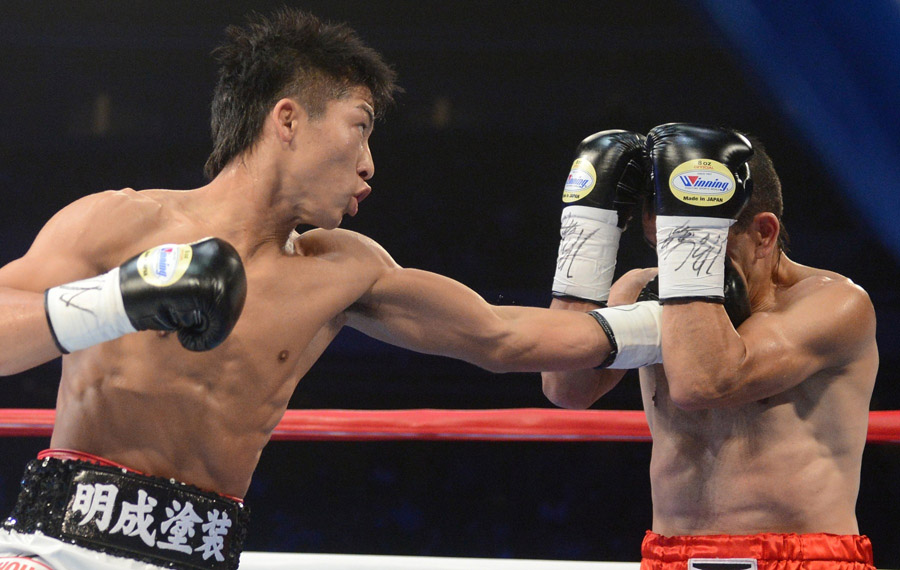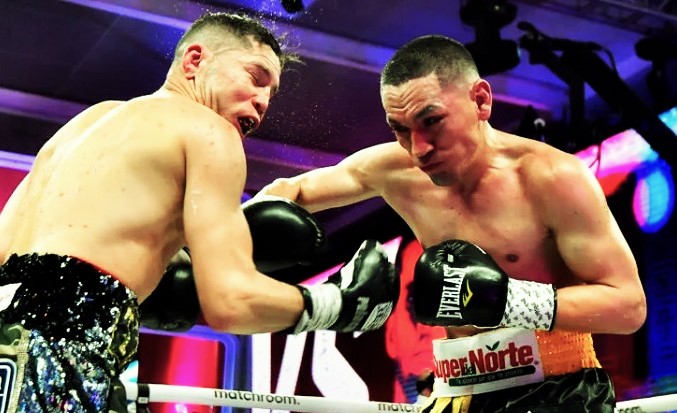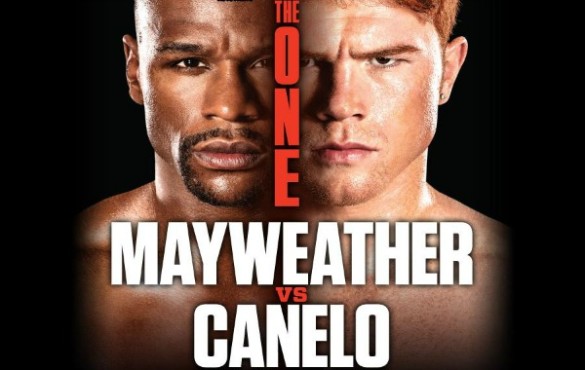Japanese Boxing: From Harada to Inoue
On May 31st, 1966 two of boxing’s great little men clashed for a second time, seeking to conclude their rivalry with a definitive winner. Their prior affair was a tumultuous back-and-forth tilt that left some debating the official outcome. Tokyo played host to the sequel between local Masahiko “Fighting” Harada and Brazilian standout, Eder Jofre. The previous year in Nagoya, referee and former all-time great Barney Ross raised the hand of Harada after he and one of the two judges gave him a split decision win. This would be the first blemish on the record of Sao Paulo’s legendary craftsman.
The loss did not sit well with Jofre and he sought revenge. He kept busy by going a full ten rounds with Manny Elias, while Masahiko rattled off another three wins. The stage was set for a second meeting between the two future Hall of Famers and when the smoke and Tokyo smog cleared on that May night, 15,000 Japanese faithful screamed with adulation as their man re-emerged victorious.
The rematch served as a crossroads for both men. Humiliated in defeat to the same man twice, Eder would briefly retire. The victory for Harada catapaulted him to iconic status in his homeland and 50 years later he is still held in high regard. Currently serving as president of the Japanese boxing commission, he oversees the scene he helped make exciting and successful.
Harada’s victories in the late sixties made his nation a hotbed for lighter weight boxing action. Moving forward into the seventies, Japan experienced its “Golden Age” when it featured no less than five simultaneous world champions. Times were good. But don’t let nostalgia fool you. Today is the best time in history to be a fan of Japanese boxing. As of this writing, the country is home to eight world titlists. Those champions plus some top domestic contenders bring a new exciting style. Combined with the slick skill of days past, they now have a penchant for Mexican close-quarters brawling and the accompanying knockouts. Excitement and furious action are on the rise.
Nippon has long been a powerhouse in producing great fighters. Unfortunately, most Americans are oblivious to these advances. For those with a passion for the fight game and watching boxing on YouTube complete with Japanese announcing, we have been in for quite a treat. To those who are looking to get in on the action or who are otherwise disappointed with the American scene, this article is for you. Below is a primer on Japan’s brightest stars, along with some great videos showcasing their feats.
When we talk about great small fighters packing a big punch, it would be appropriate to start with Takashi Uchiyama.
Nicknamed “KO Dynamite,” Uchiyama boasts an unblemished record of 23-0-1. More impressive are his 19 finishes which translate into a 79% KO ratio. For a super featherweight campaigning at an elite level, that is almost unheard of. Largely considered the best in the world in his division he has even crept up into several writers Top Ten P4P lists. However, he is fighting at an advanced age, having turned 35 last year, which means he needs to secure a big money fight as soon as possible. The most lucrative option would be Mikey Garcia, but he has largely shied away from Uchiyama. So instead, for a big domestic affair, “KO Dynamite” may try to entice an old foe into a rematch.
The “other” Takashi, Takashi Miura, is a standout in his own regard. A fellow heavy-handed super featherweight, he presents a 66% KO ratio with an envious record of 29(22)-2-1. Since the setback to Uchiyama, he has been on a roll, scoring nine straight wins without hearing the final bell. In his last outing he laid waste to Aussie star Billy Dib. We may be on the verge of an All-Takashi rematch between Miura and Uchiyama. For Japan and the rest of the world, that’s a good thing.
Up next is arguably Japans’ most dominant champion, Shinsuke Yamanka. His demonstrated dominance has even found him ranked #10 on The Ring’s P4P list as of this writing. Since winning the WBC Bantamweight strap in 2011, he has recorded eight straight defenses. Impressively only two fights during this reign have involved the judges. Overall, Yamanaka is currently at 23 (17)-0-2. Nicknamed “God Left”, this southpaw is also on the hunt for a big payday. Time will tell if he can secure fellow champs Spain’s Kiko Martinez or Britain’s Jamie McDonnell.
Another attractive option for Yamanaka would be Tomoki Kameda. Kameda is part of a new age fighting dynasty. Brother to bantamweight Koki and junior bantam Daiki he recently became part of boxing history. In the past year, the Kamedas became the first set of three brothers to simultaneously hold recognized world titles, but it’s Tomoki who has since become the most visible.
Tomoki actually moved to Mexico and has trained there since the age of 15. With that long tenure, he picked up a very crowd-pleasing style. For Kameda, fighting in close quarters is of no concern and that attitude has made him a fan-favorite. It also made him very successful up until his big American network TV debut for PBC. In that encounter with Jamie McDonnell, he came up short. Time will tell if “El Mexicanito” can get back on the winning path and generate a respectable fan base in the US like he has in his two home countries.
Probably with the exception of Kameda, no Japanese boxer has made more of an impression over the past few years stateside than Nihito Arakawa. His penchant for absorbing punishment while never taking a step back has endeared him to hardcore fans the world over. In the US, he burst onto the scene with a thriller against Omar Figueroa, Jr. That Showtime card played a huge part in broadcasting the new scene emerging from Tokyo. Although he was unsuccessful that night, his never-say-die attitude earned him the moniker “Japanese Rocky.” He may not pack quite the punch as his fellow countrymen, but he has been unafraid to venture outside his homeland to take on top names in the game.
Last, but certainly not least, we look at the man seen as the future of the JBox scene (if not the future period). To many, he may one day lay claim as the greatest ever once his career ends. The man with such hype is Naoya Inoue. When looking at the professional record of “Monster” it may come across as hyperbole. After all, he has only had eight fights! Do not be misled by the paltry numbers. In the short time since he turned pro less than three years ago he has made quite a splash. Wasting little time he picked up a domestic strap in his fourth fight. Two fights later he added the WBC World Light Flyweight belt.
His most recent encounter presented the most impressive victory to date for his short career. Coming in against long-time World Super Flyweight champion, Omar Narvaez, Inoue showcased his ability to produce high drama. Needing less than two full rounds he knocked out the durable Omar and captured his second world title in as many divisions. Going to the judges’ cards only once in his career he has demonstrated true power in the lighter weights. For hardcore purists, the encounter everyone is waiting for would be a showdown with pound for pound powerhouse, Roman Gonzalez. “El Chocolatito” has also expressed interest in this fight. Time will tell if his new HBO contract will be enough to lure Naoya away from his homeland and into one of the biggest flyweight fights of all time. — Zach Dunn





